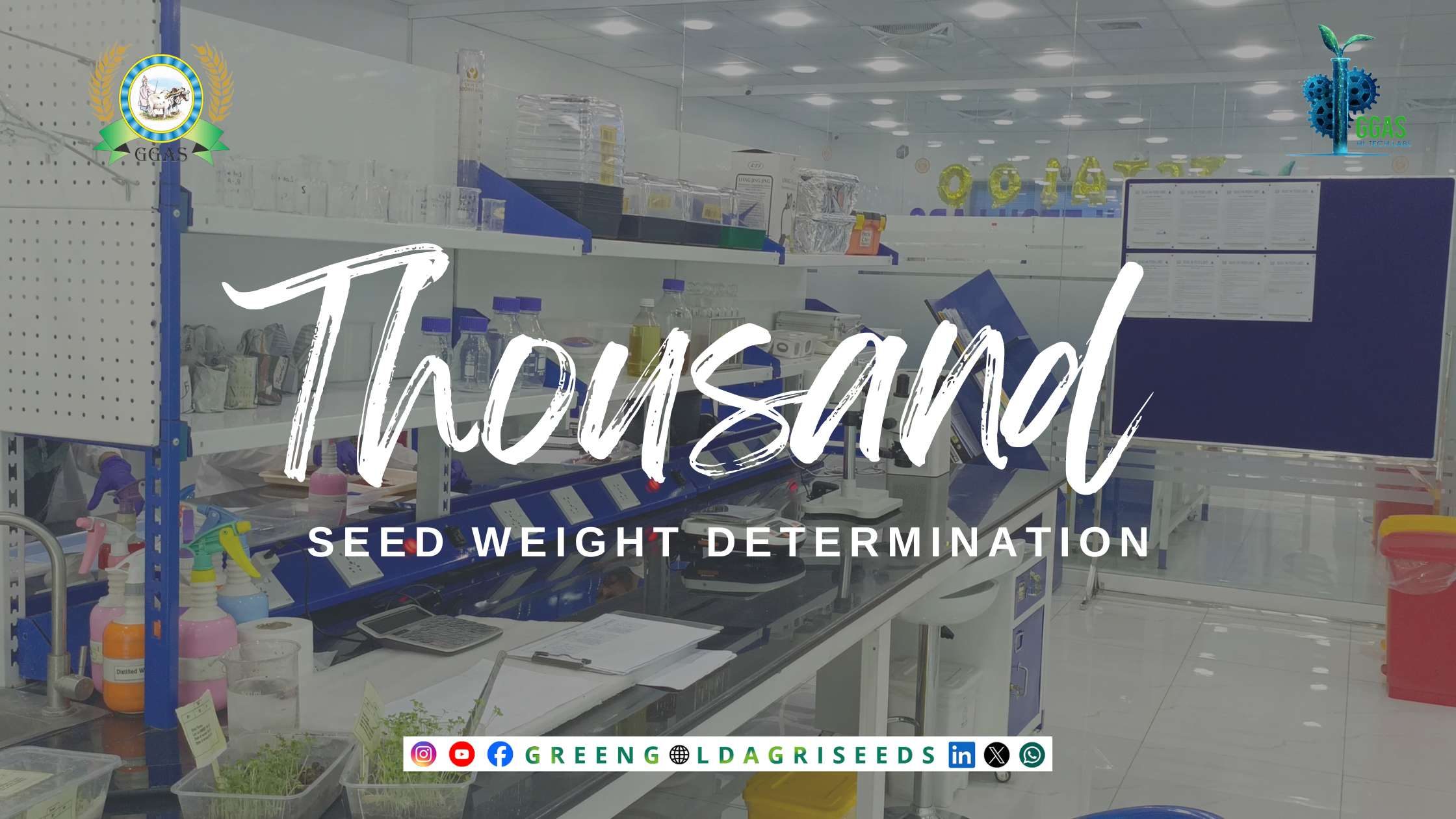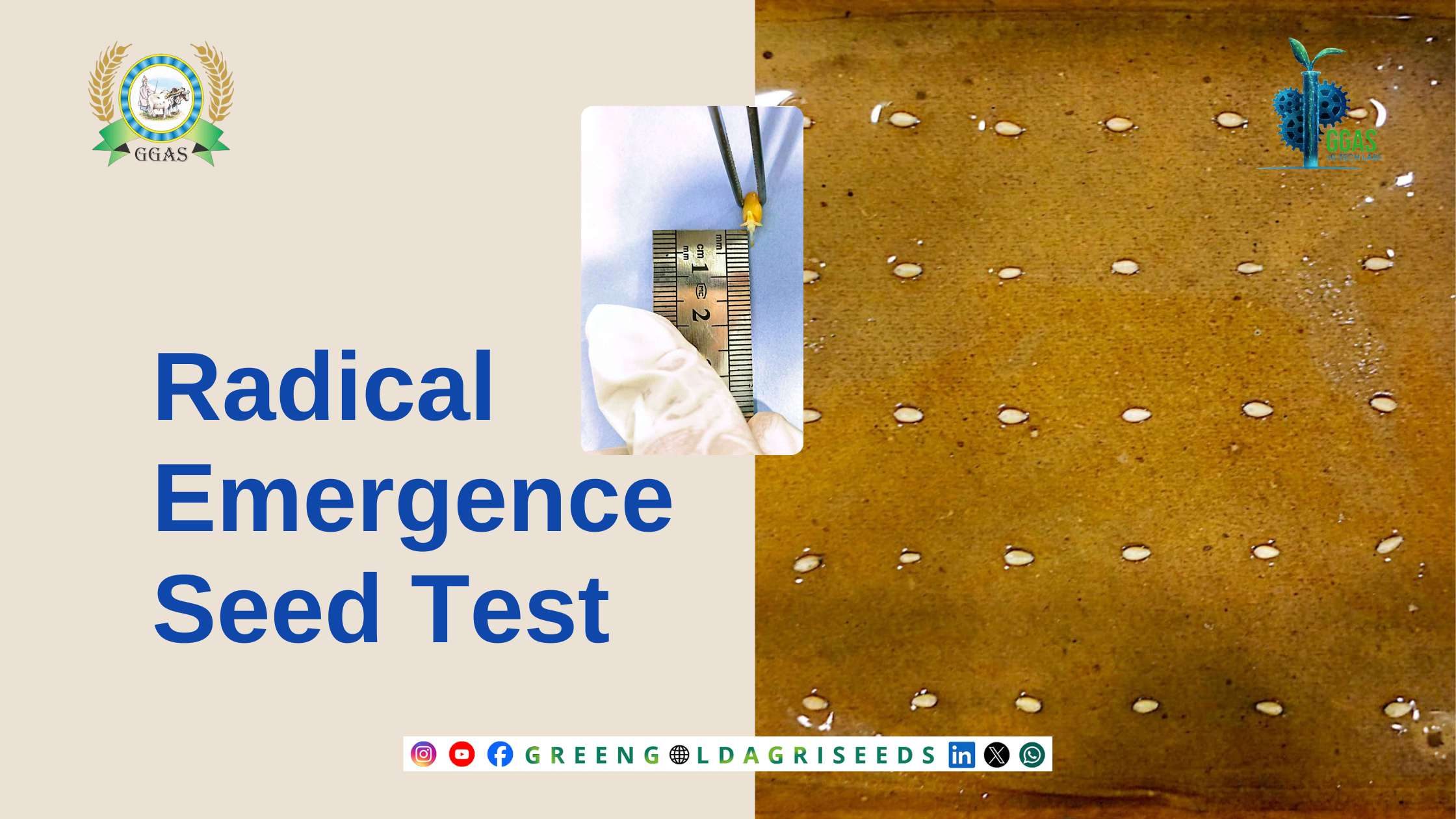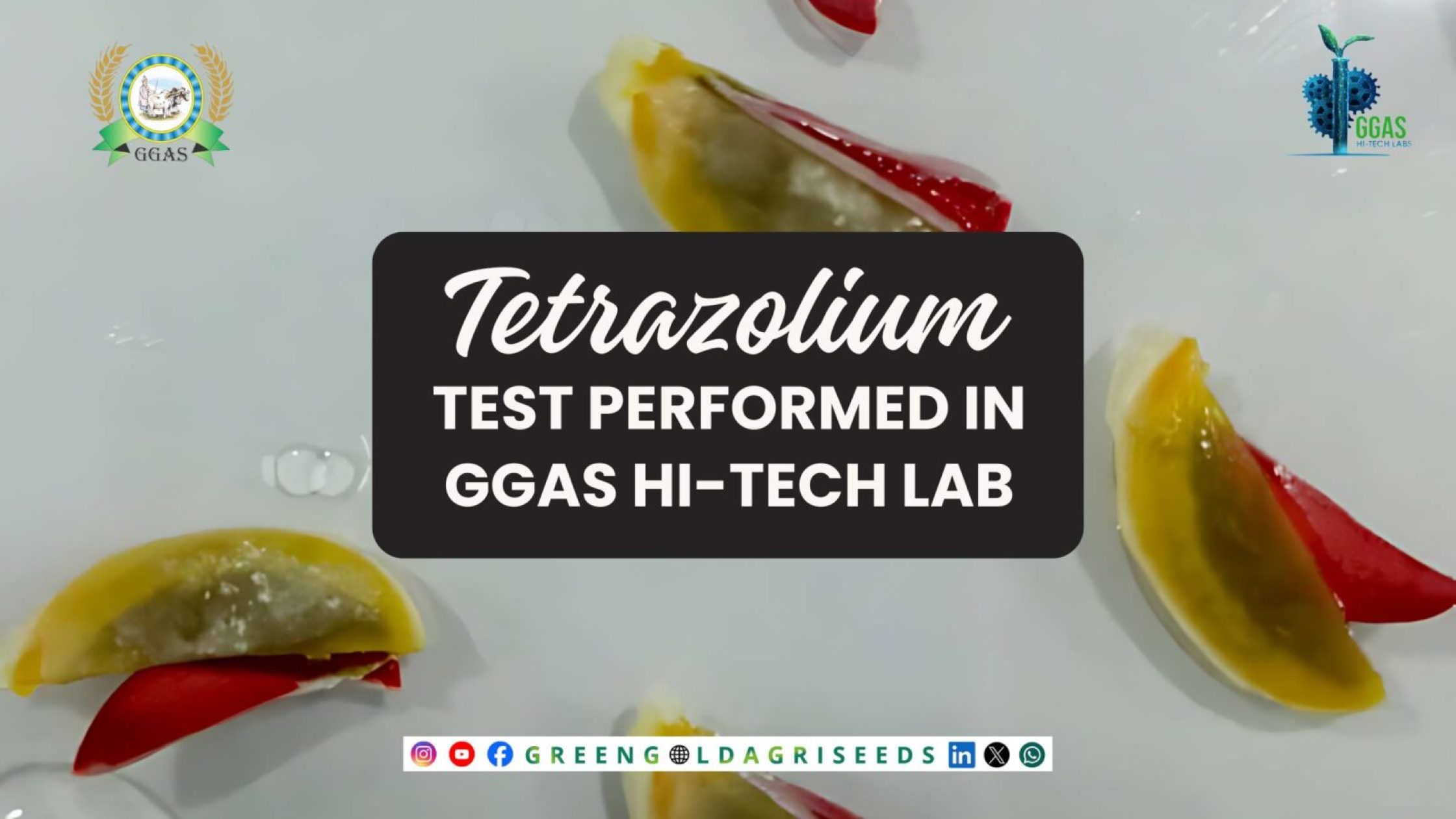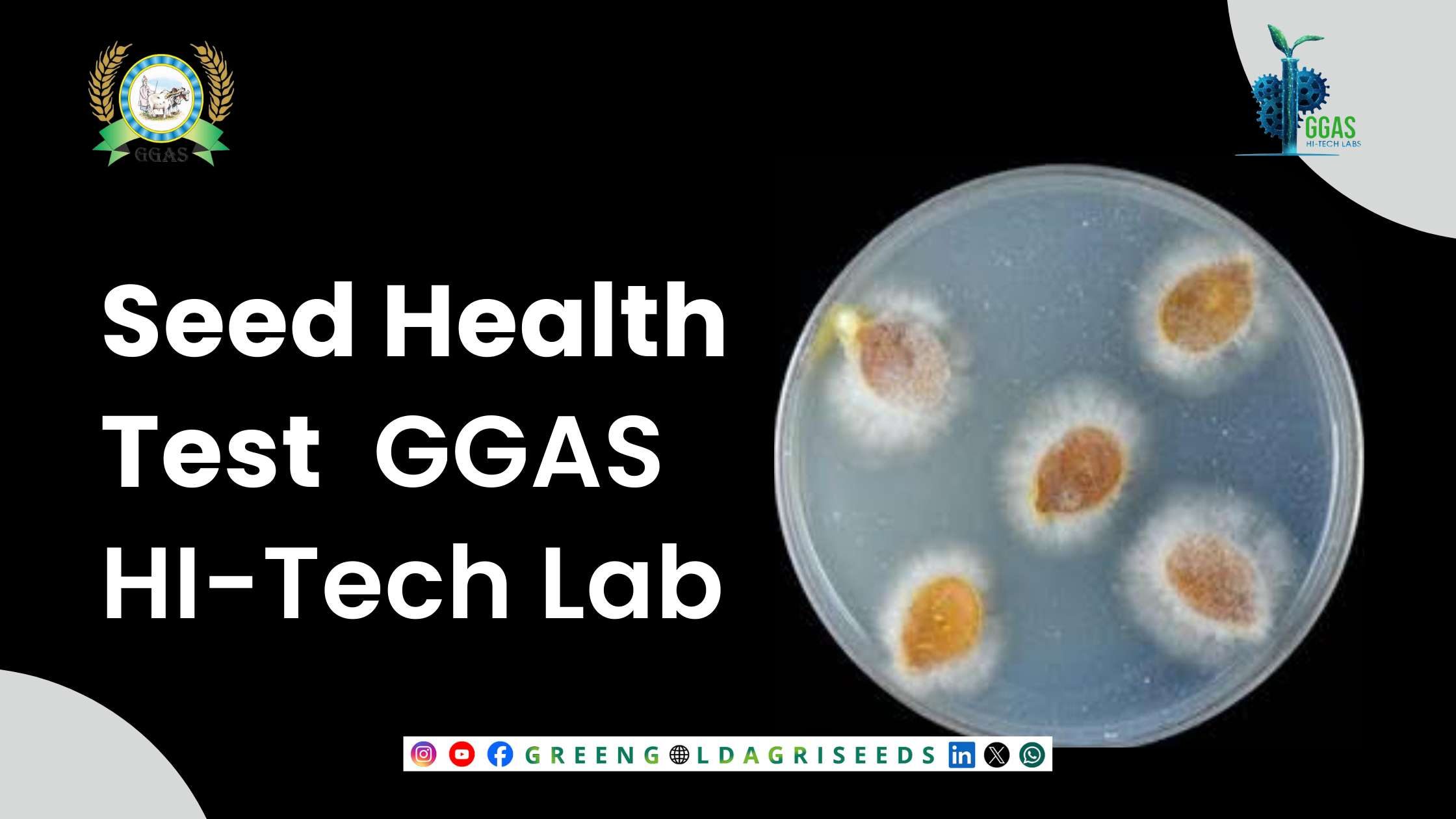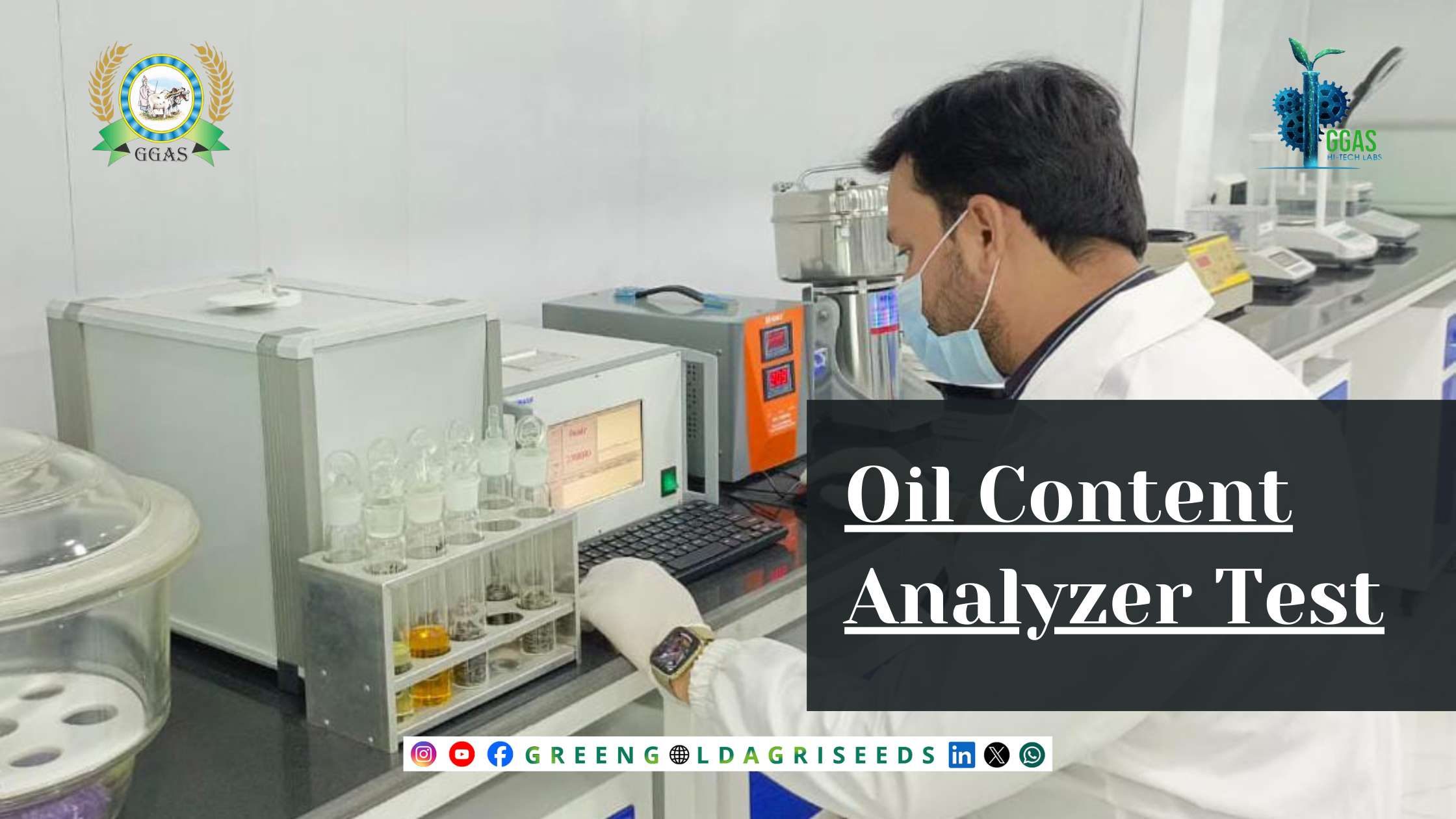No products in the cart.
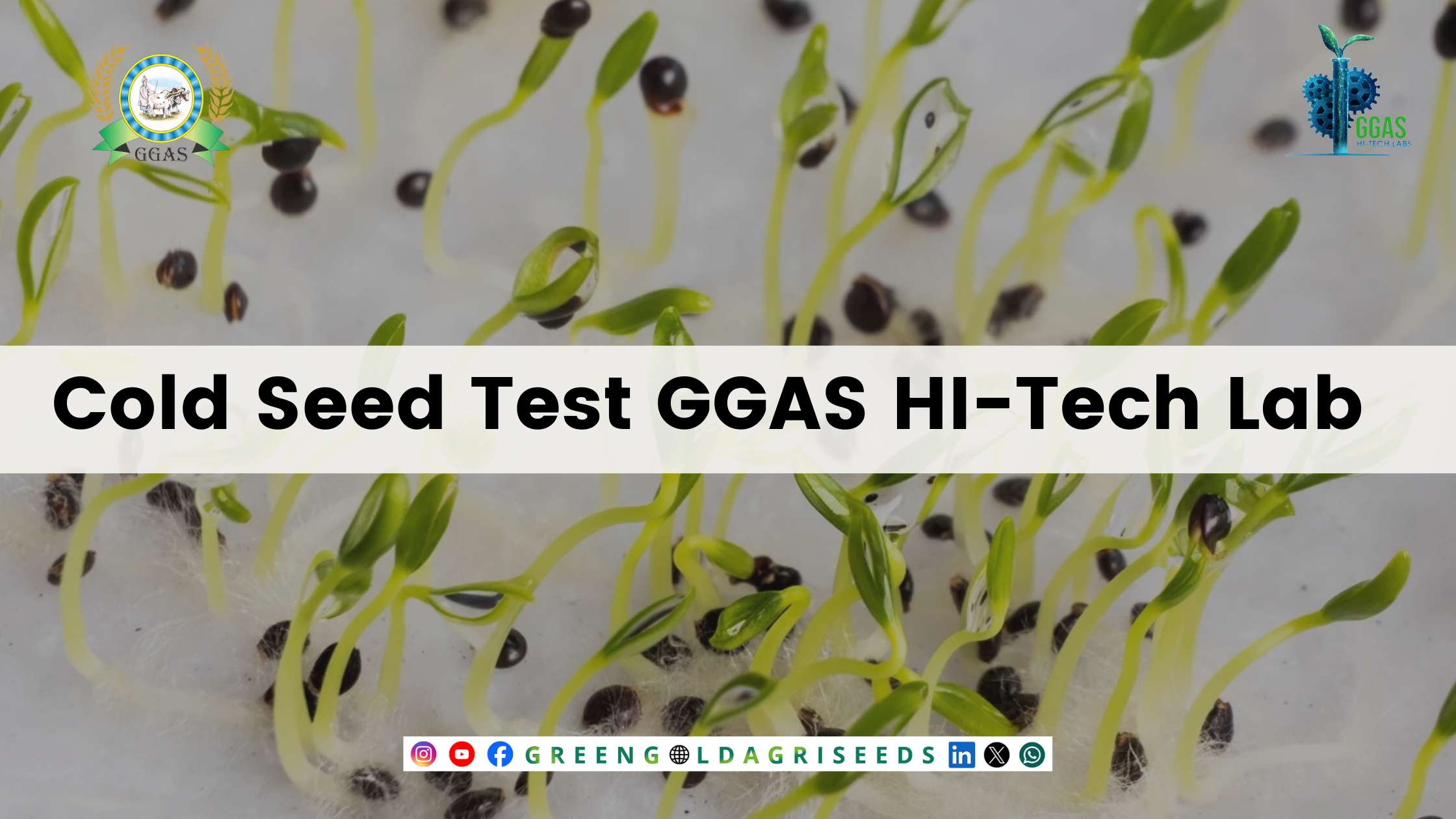
Cold Seed Test Performed in GGAS HI-Tech Lab
With the changing climate and updating market trends, the sowing patterns have shifted in several crops i.e. maize. Crop sowing at early springs can help the growers fetch more profit and increase the land use efficiency. But this early sowing exposes the crop to the cold stress at the germination stage and impedes the seed emergence and growth. The cold test is a technique for evaluating seed germination in low-temperature environments, usually in the range of 5°C to 10°C, which simulates planting circumstances in early spring or cold climates. Further, the cold test helps determine seed hardiness to low-temperature storage.
PROTOCOL I:
- The seeds are first counted and surface sterilized.
- The germination media is first standardized for the tests i.e. sterilization and sieving to the proper recommended size etc.
- Specialized germination boxes are filled with moistened soil sand, or wet papers.
- Pre-counted seeds are evenly distributed on the surface of the germination media.
- For soil and sand, seeds are covered with a thin layer of the respective media; for papers, covering with another moistened paper or folding method is utilized.
- The boxes are placed in Artificial Growth Chambers with controlled growth conditions.
- The first count of germination is taken after 4 days and final count is taken after 8 days.
- The germination percentage is calculated by dividing the number of seeds that have germinated by the total number of seeds sown, then multiplying by 100.
- A comprehensive report with the germination rates on each medium and any additional observations is produced and shared, keeping strict privacy.
PROTOCOL II:
- To perform a cold test the seeds are first cold treated, for which the surface sterilized seeds are moistened and placed in a cold environment (typically 5-10°C) for a set period, usually 7-14 days.
- After cold treatment, the seeds are transferred to a standard germination setup and incubated at optimal conditions.
- Seed germination rate and vigor are recorded and documented to determine the seeds’ cold tolerance.
BENEFITS:
- First of all, it assists growers and farmers in assessing the early-season vigor and cold tolerance of seeds, picking cultivars that may successfully establish and germinate in cool soil temperatures.
- Second, by choosing seeds resistant to environmental challenges like frost or freezing, the cold test helps to reduce the risks involved in planting in the early parts of the growing season.
- The cold test is the need of hours amid the cutthroat competition in the agriculture seed sector, and it can facilitate the stakeholders to screen the varieties that are winter hardy and can be utilized to drag the sowing time some days to weeks before the normal practices.
- It demonstrates seed quality and resilience to cold stress, meeting international standards and improving buyer confidence by proving seeds’ ability to perform well under diverse environmental conditions.
- This test is also crucial in evaluating the impacts of cold storage on seed quality, germination, and vigor.




